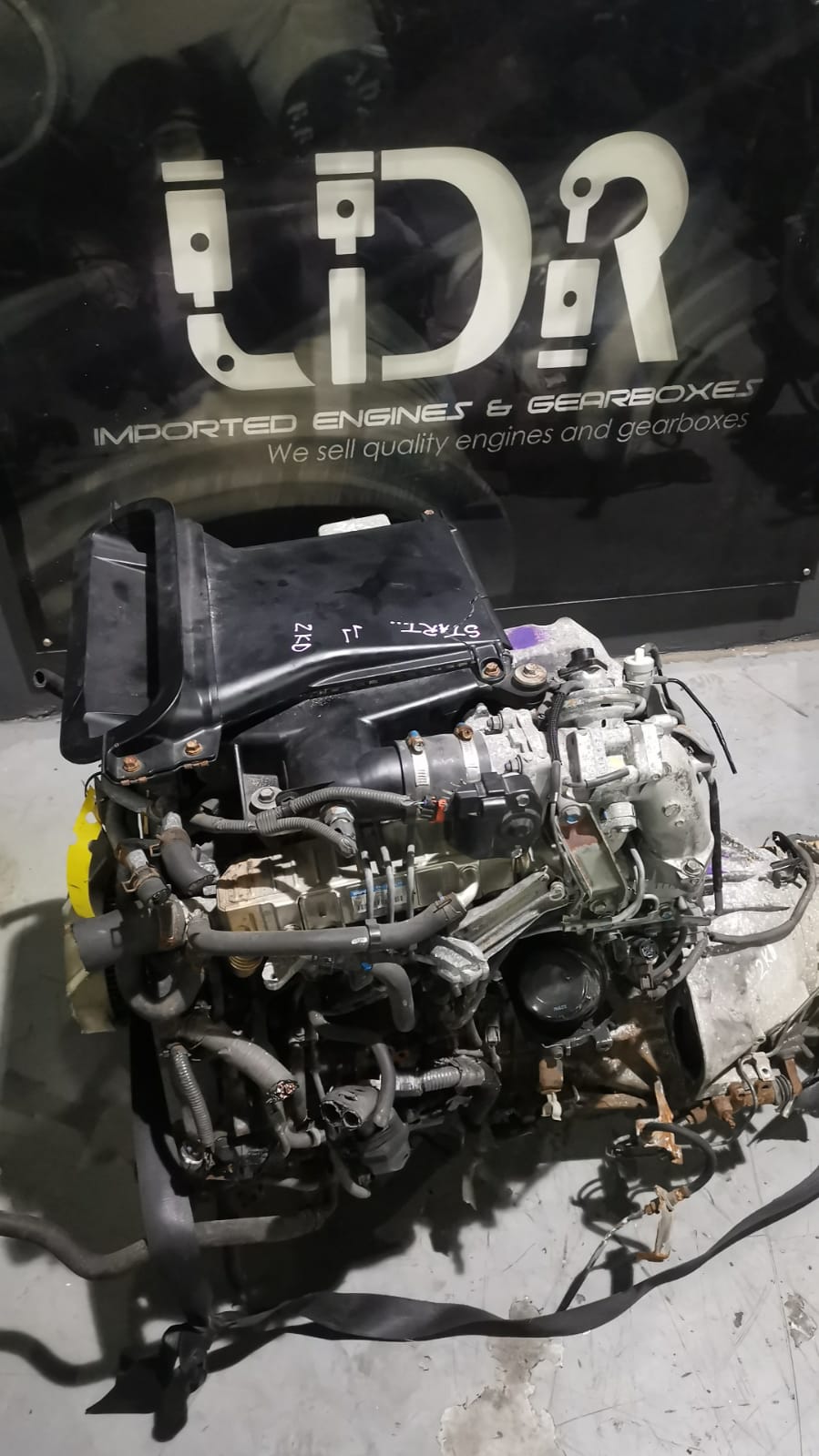Opel Corsa Engine: Efficiency and Dependability for Your Lorry
Opel Corsa Engine: Efficiency and Dependability for Your Lorry
Blog Article
Checking Out the Inner Functions of a Compact Car's Engine System
As chauffeurs, we usually consider given the intricate procedures that happen within the confines of our vehicle's engine system. The portable yet complex equipment that pushes us forward is a wonder of engineering accuracy and control. From the controlled surges in the combustion chamber to the thorough timing of fuel shot, every element plays an important function in the smooth operation of the engine. In this exploration of a compact lorry's engine system, we will unwind the inner functions of this mechanical symphony, clarifying the secrets that drive us onward on our daily trips.
Combustion Refine Overview
The burning procedure in a portable automobile's engine system is a vital mechanism that effectively converts gas into energy to power the lorry. This process takes place within the combustion chamber of the engine, where fuel and air mix, spark, and generate regulated explosions. The burning procedure contains 4 main stages: intake, power, compression, and exhaust.
Throughout the consumption stage, the piston moves downward, attracting in a combination of air and fuel into the combustion chamber. This down movement produces the power needed to drive the automobile. This cyclic burning process is fundamental to the operation of a portable lorry's engine system, ensuring effective power conversion for propulsion.
Piston and Cylinder Interaction

The piston's specific fit within the cyndrical tube is necessary for keeping optimum compression and protecting against power loss throughout burning. Limited clearances between the piston and cylinder wall surfaces ensure reliable securing, enabling the piston to move smoothly without allowing gases to leakage past. Correct lubrication is additionally vital to lower rubbing and put on in between these elements, improving longevity and performance.
Moreover, the layout and products used in manufacturing the piston and cylinder influence engine performance and durability. Modern engines often use lightweight yet durable products like light weight aluminum alloys for pistons and cylinder linings to minimize inertia and improve thermal efficiency. Overall, the harmonious interaction in between the piston and cylinder is fundamental to the engine's capability and general performance.
Gas Injection System Functionality
Gas shot systems in compact lorry engines play an essential function in precisely supplying fuel to the burning chamber for controlled and reliable ignition. The fuel shot system functions by infusing fuel right into the combustion chamber at the optimum moment throughout the engine's operation (opel corsa engine). This exact timing guarantees that the gas mixes equally with the air for proper burning, resulting in boosted fuel performance and reduced discharges
There are primarily two kinds of fuel shot systems utilized in portable car engines: port gas shot (PFI) and direct gas shot (DFI) PFI systems inject fuel right into the intake port prior to the consumption valve, while DFI systems infuse gas directly into the burning chamber. Both systems have their advantages, with DFI supplying better fuel atomization and use this link PFI giving a more affordable remedy.
Understanding Engine Cooling Systems
Effective operation of a portable automobile's engine depends heavily on the effectiveness of its cooling these details systems. The air conditioning system in a portable vehicle generally is composed of numerous elements working with each other to control the engine temperature level. Comprehending these engine cooling devices is crucial for preserving the efficiency and durability of a compact lorry's engine system.

Exhaust System Parts Explained
The ideal functioning of a portable automobile's engine cooling devices depends upon a complementary system recognized as the exhaust system, which consists of different vital components for making certain effective emissions and engine efficiency. The exhaust system includes parts such as the exhaust manifold, catalytic converter, muffler, and tailpipe. The exhaust manifold collects exhaust gases from the engine's routes and cyndrical tubes them to the catalytic converter. The catalytic converter then transforms damaging toxins in the exhaust into much less damaging exhausts before launching them with the muffler and tailpipe.
One important part of the exhaust system is the oxygen sensor, which keeps an eye on the oxygen degrees in the exhaust gases to help control gas consumption look at more info and guarantee optimal engine efficiency. opel corsa engine. Furthermore, the resonator might exist in some exhaust systems to reduce sound levels. On the whole, the exhaust system plays an important function in keeping engine efficiency, reducing dangerous exhausts, and making certain a quieter driving experience for portable car owners

Conclusion
In final thought, the small automobile's engine system is a complicated mix of parts that collaborate to facilitate the combustion process, convert fuel right into power, and get rid of waste gases. Understanding the internal functions of the engine system, including the piston and cyndrical tube communication, gas injection system, engine air conditioning devices, and exhaust system elements, is crucial for preserving ideal efficiency and performance of the lorry.
The burning process in a small automobile's engine system is a critical mechanism that efficiently converts fuel into energy to power the vehicle.Gas injection systems in small automobile engines play an important duty in specifically supplying gas to the combustion chamber for effective and controlled ignition.There are mostly 2 types of fuel injection systems made use of in portable automobile engines: port fuel injection (PFI) and direct fuel injection (DFI) Recognizing these engine air conditioning devices is crucial for preserving the performance and longevity of a portable automobile's engine system.
The ideal performance of a portable automobile's engine cooling mechanisms depends on a corresponding system recognized as the exhaust system, which makes up various important parts for making certain efficient exhausts and engine efficiency.
Report this page